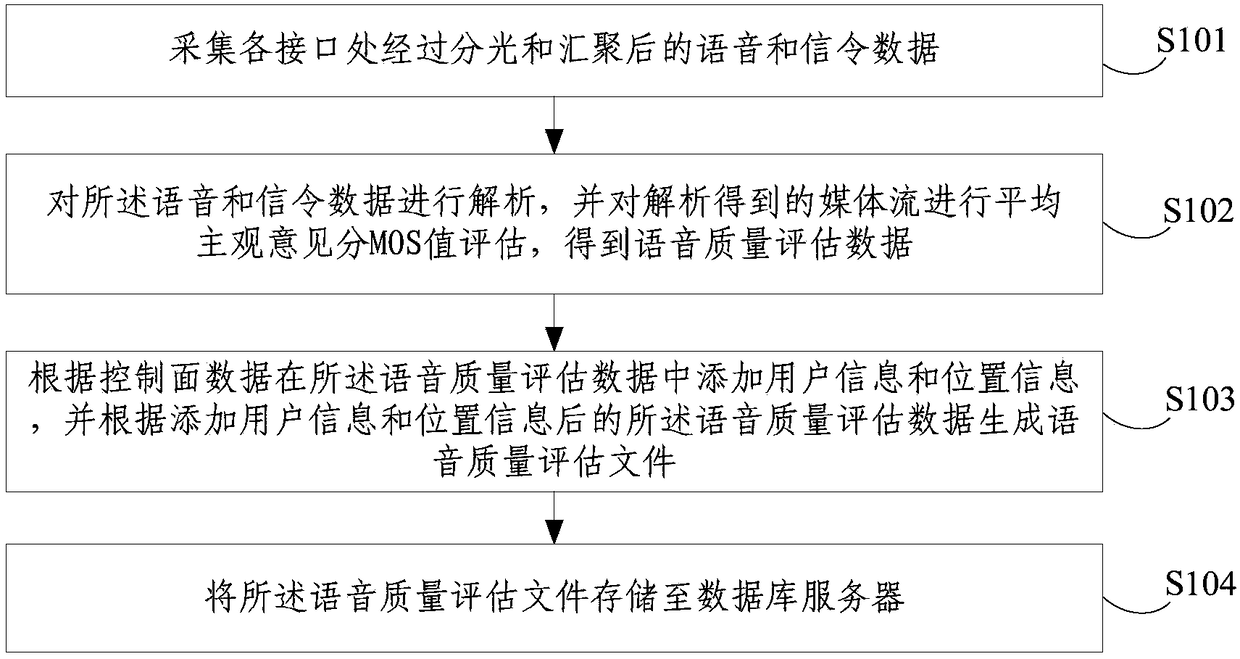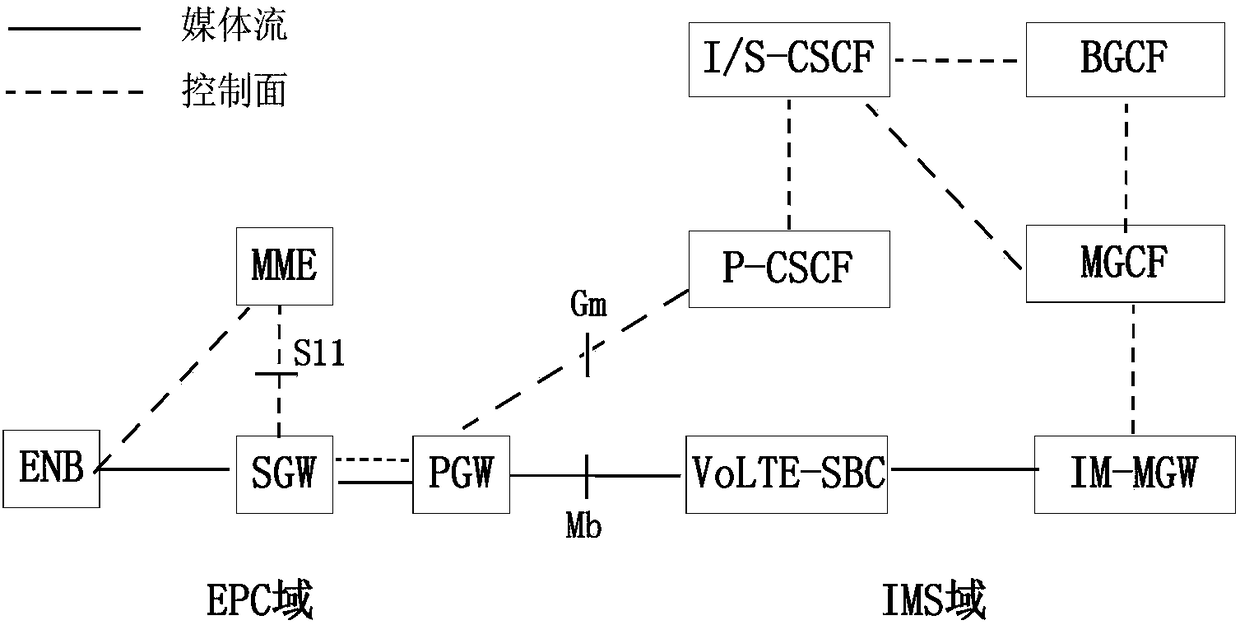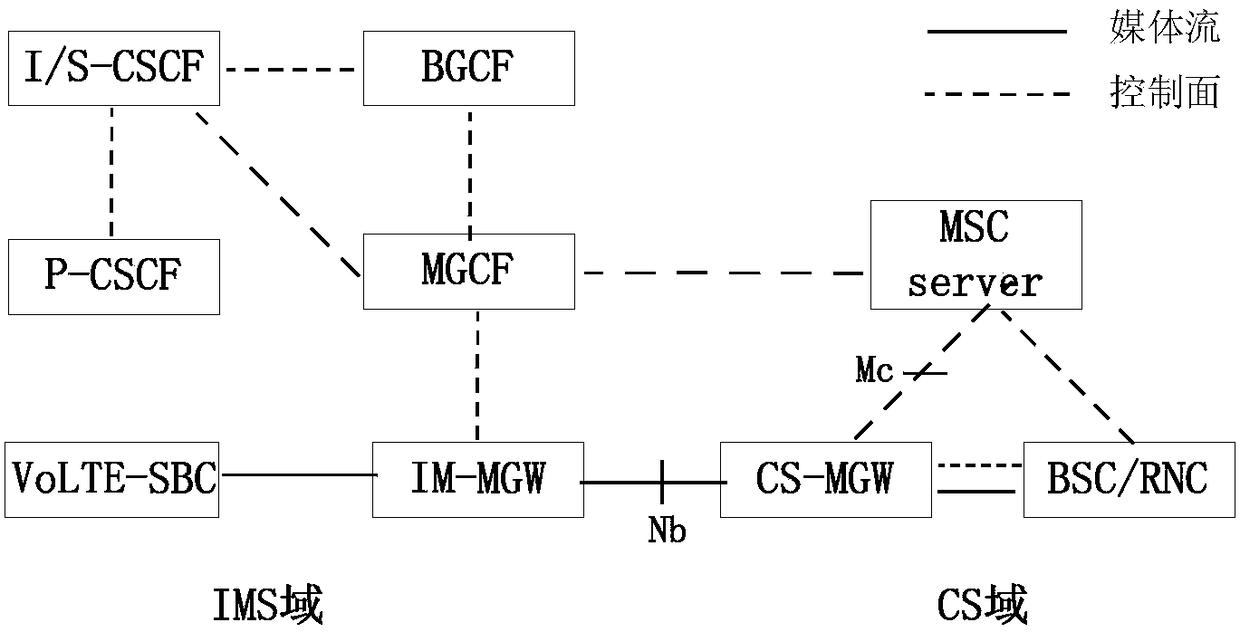VoLTE voice quality assessment method and system
A voice quality and voice technology, applied in the field of communication, can solve problems such as the inability to guarantee the evaluation accuracy, and achieve the effect of convenient query and reliable evaluation results
- Summary
- Abstract
- Description
- Claims
- Application Information
AI Technical Summary
Problems solved by technology
Method used
Image
Examples
Embodiment Construction
[0043] The specific embodiments of the present invention will be further described below in conjunction with the accompanying drawings. The following examples are only used to illustrate the technical solutions of the present invention more clearly, but not to limit the protection scope of the present invention.
[0044] figure 1 A schematic flow chart of a VoLTE voice quality assessment method provided in this embodiment is shown, including:
[0045] S101. Collect voice and signaling data after optical splitting and aggregation at each interface.
[0046] Wherein, the interfaces include two media stream interfaces (Mb, Nb) and three control plane interfaces (S11, Gm, Mc). Specifically, RTP voice packets can be obtained by collecting two interfaces Mb and Nb; corresponding control plane data can be obtained by collecting three interfaces S11, Gm and Mc.
[0047] The above 5 interfaces are all data converged on the CE side through 2 / 8 splitting. After splitting, 80% of the o...
PUM
 Login to View More
Login to View More Abstract
Description
Claims
Application Information
 Login to View More
Login to View More - R&D
- Intellectual Property
- Life Sciences
- Materials
- Tech Scout
- Unparalleled Data Quality
- Higher Quality Content
- 60% Fewer Hallucinations
Browse by: Latest US Patents, China's latest patents, Technical Efficacy Thesaurus, Application Domain, Technology Topic, Popular Technical Reports.
© 2025 PatSnap. All rights reserved.Legal|Privacy policy|Modern Slavery Act Transparency Statement|Sitemap|About US| Contact US: help@patsnap.com



